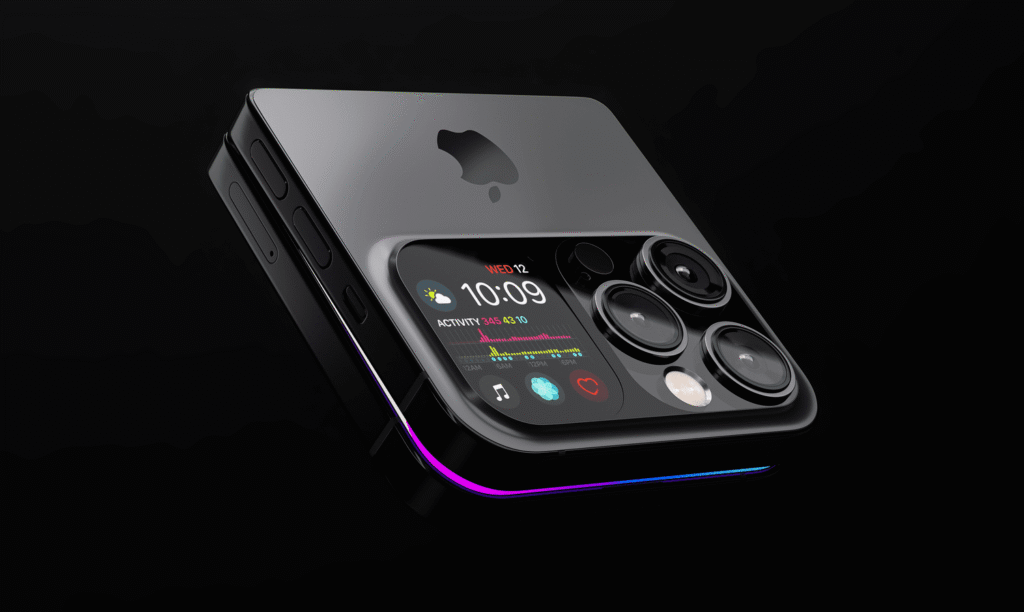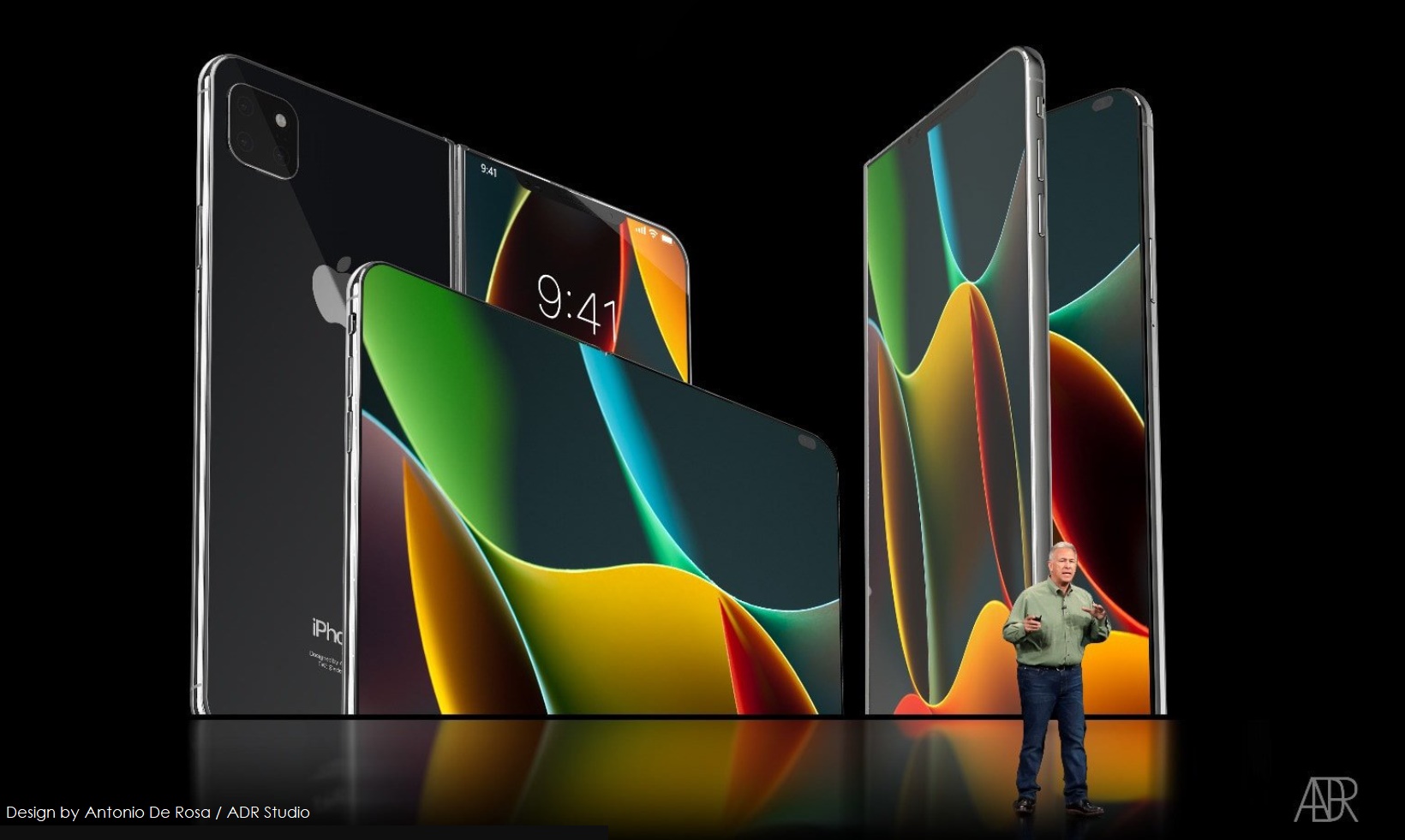In a move that’s been eagerly anticipated for years, Apple is finally stepping into the foldable smartphone arena. According to industry sources and supply chain leaks, the tech giant is poised to unveil its first foldable iPhone in 2026. As competitors like Samsung, Huawei, and Google continue to refine their foldable designs, Apple’s late—but deliberate—entry suggests a game-changing evolution is underway.
With Cupertino known for its perfectionist product strategy, the upcoming foldable iPhone is expected to redefine the category, combining cutting-edge hardware with iOS ecosystem optimization. Let’s take a deep dive into what’s known so far, why Apple waited this long, and how this could reshape the future of mobile technology.
Why 2026? Apple’s Strategic Patience
Unlike its rivals who rushed foldables to market, Apple has taken a wait-and-watch approach. While Samsung released its first Galaxy Fold in 2019, Apple focused on observing consumer behavior, technical shortcomings, and durability concerns.
Sources suggest Apple’s development began years ago, but challenges around screen longevity, hinge mechanics, and user interface design delayed the launch. Insiders now claim that those hurdles are nearly cleared, with advanced OLED technology, ultra-thin glass (UTG), and hinge engineering meeting Apple’s rigorous quality standards.
In classic Apple fashion, the company appears more interested in launching a refined product than a first-to-market prototype.

Expected Design: Book-Style vs. Clamshell
According to analyst Ming-Chi Kuo and multiple patent filings, Apple may be working on two types of foldable prototypes:
1. Book-Style Fold (Like Galaxy Z Fold Series)
- Larger unfolded display, possibly 7.9 to 8.3 inches
- Focused on productivity, multitasking, and media consumption
- Could serve as a hybrid between iPhone and iPad Mini
2. Clamshell Fold (Like Galaxy Z Flip Series)
- Compact and stylish, folds vertically like a makeup mirror
- Designed for portability and aesthetics
- May appeal to younger demographics and fashion-conscious consumers
Though both designs are reportedly under testing, most leaks point to the book-style foldable being the more likely candidate for the 2026 debut.
Display Technology: Apple + LG + Samsung?
Apple is said to be working closely with display giants LG Display and Samsung Display to supply foldable OLED panels with improved durability and reduced crease visibility.
Key features may include:
- 120Hz ProMotion refresh rate
- Under-display Face ID
- Dynamic Island integration
- Support for Apple Pencil (possible)
UTG (ultra-thin glass) technology is reportedly being enhanced to withstand over 200,000 folds while maintaining screen clarity and touch responsiveness. Expect Apple’s foldable display to set a new benchmark for durability and visual quality.
User Experience: Foldable iOS, Reimagined
Software is where Apple typically excels, and insiders suggest a customized version of iOS will power the foldable iPhone. This may include:
- Adaptive UI scaling between folded and unfolded modes
- Multi-app split screen functionality
- Optimized versions of apps like Mail, Safari, Notes, and FaceTime
- Apple Pencil and keyboard support for productivity
- Seamless transition between iPhone, iPad, and Mac ecosystems
Apple will likely launch the foldable iPhone with exclusive iOS features not available on standard models—mirroring its approach with iPadOS and Apple WatchOS.
Performance & Specs (Expected)
While official specs are under wraps, based on Apple’s development timeline, the foldable iPhone could feature:
| Feature | Expected Specification |
|---|---|
| Processor | A19 Bionic or M-series mobile chip |
| Display | 7.9–8.3″ foldable OLED, 120Hz |
| Camera | Triple-lens with enhanced LiDAR |
| Battery | Dual-cell system for efficient folding |
| Storage | 256GB to 1TB |
| Security | Face ID under display |
Apple may use a dual-battery system to better distribute weight and power the large screen without overheating. Expect significant advancements in thermal management and energy efficiency.
Price Expectations
If history is any indicator, Apple’s foldable iPhone will not come cheap. Analysts estimate pricing may start around $1,499 to $1,799, depending on configuration and model type.
This would position the foldable iPhone above the iPhone Pro Max line, likely as a “luxury productivity flagship” rather than a mainstream device in its first generation.
Market Impact: Raising the Bar for Foldables
The arrival of Apple in the foldable space is expected to reignite consumer interest and push innovation across the industry. While brands like Samsung and Huawei have dominated the early foldable market, Apple’s entrance brings:
- Mainstream appeal and trust to foldable form factors
- A boost in app developer interest for foldable-optimized experiences
- Accelerated investment in foldable displays, materials, and accessories
- A trickle-down effect on foldable technology in the midrange segment
As seen with the Apple Watch and AirPods, Apple’s ability to reframe categories could bring foldables from niche tech to everyday tools.

Competition in 2026 and Beyond
By 2026, Apple won’t be entering an empty arena. Its foldable iPhone will compete with:
- Samsung Galaxy Z Fold 8 / Z Flip 8
- Google Pixel Fold 2+
- Huawei Mate X4 / X5
- OnePlus Open 2
However, Apple’s strength lies not just in hardware—but in its ecosystem. The foldable iPhone will likely integrate tightly with iCloud, macOS, iPadOS, AirPods, Apple Watch, and Apple Vision Pro, delivering an experience its Android rivals may find hard to replicate.
Challenges Apple Must Overcome
Despite the excitement, foldable tech is still evolving, and Apple faces several hurdles:
- Durability Concerns – Foldables are more prone to wear and tear
- Cost Barriers – Premium pricing may limit initial adoption
- Software Optimization – Needs to maintain iOS fluidity in both folded and unfolded states
- Repair and Warranty Complexity – Foldables typically carry higher maintenance costs
Apple will need to address these concerns if it hopes to normalize foldables for the average consumer.
What This Means for the Future of iPhones
The launch of a foldable iPhone in 2026 signals a shift in Apple’s smartphone roadmap. It doesn’t mean traditional iPhones are going away—but it does suggest:
- A multi-device future, where iPhones become more modular and adaptive
- A push toward converging tablets and phones into single form factors
- An eventual introduction of more screen-centric, spatial computing devices, especially as Apple Vision Pro gains traction
The foldable iPhone could be the bridge between today’s smartphones and tomorrow’s wearables or AR-first devices.
Conclusion: Apple’s Foldable Future Begins
After years of anticipation, Apple’s foldable iPhone is finally on the horizon—poised for a 2026 debut that could change the smartphone landscape. With elegant design, deep ecosystem integration, and Apple’s usual polish, the device promises to be more than just another foldable—it could be the foldable done right.
As we await more official details, one thing is clear: Apple’s next big revolution may not be bigger—it might just be more flexible.




